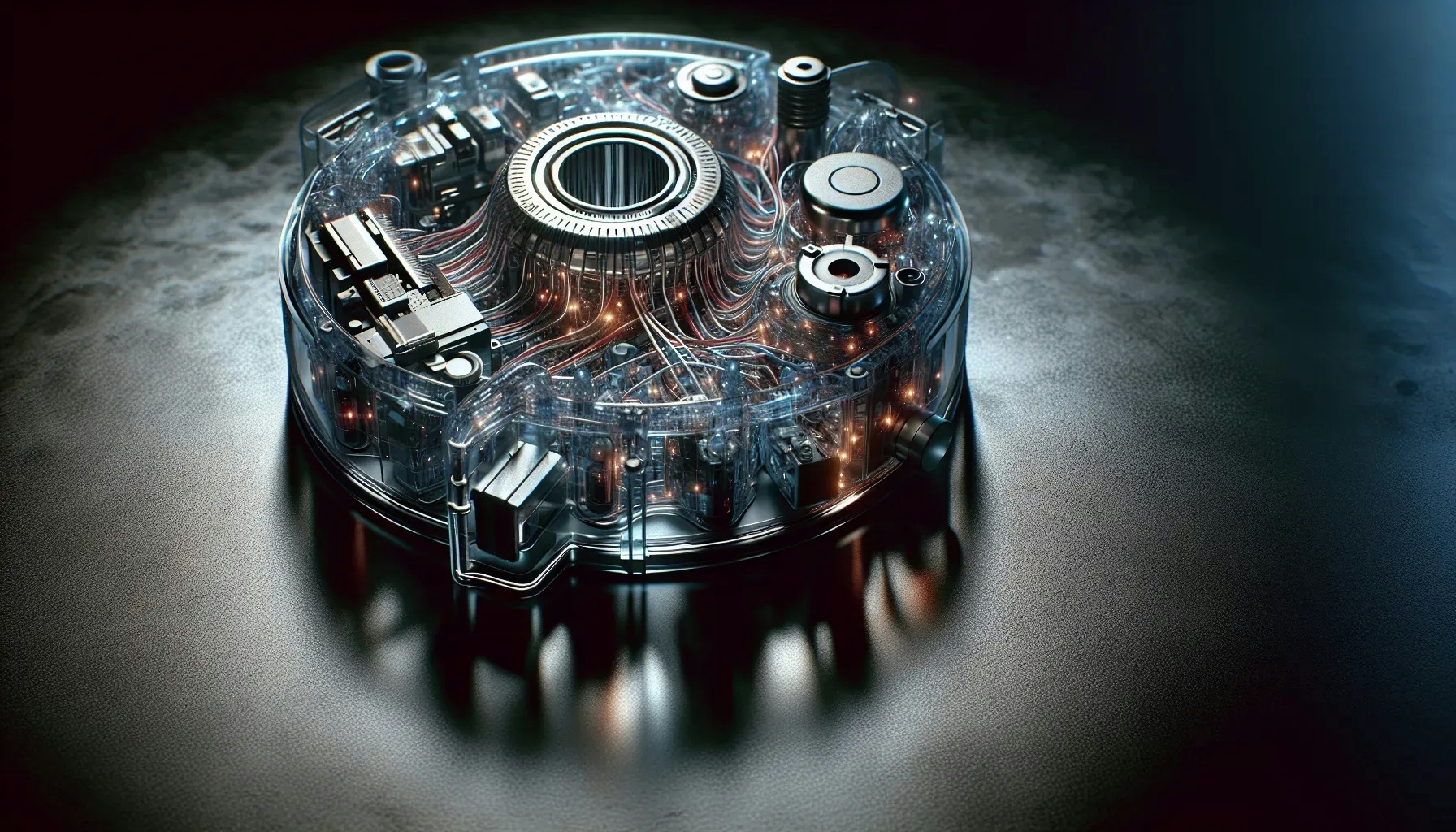What Are Common Patent-Related Challenges in Biomedical Engineering?
Biomedical engineering is a field rife with innovation, but it's not without its patent-related challenges, as an Intellectual Property Shareholder and other experts reveal. Alongside industry leaders, we've assembled additional answers that reflect the diverse hurdles encountered and the strategies employed to overcome them. From mastering the complexities of subject-matter patentability to the intricate task of classifying interdisciplinary inventions, delve into the experiences that shape the patent landscape in biomedical engineering.
- Navigating Subject-Matter Patentability
- Countering Office Skepticism with Research
- Defining Claims to Avoid Legal Battles
- Documenting Novelty in Prior Art Context
- Aligning Patent and FDA Approval Timelines
- Demonstrating Practical Utility for Patent Success
- Accurately Classifying Interdisciplinary Inventions
Navigating Subject-Matter Patentability
Because of the Supreme Court's decision in Alice and Myriad relating to subject-matter patentability, any patent attorney working in the bio or software space must be cognizant of the need to tell a good story as to what makes any invention in these fields something more than an abstract idea that is not patentable. We have always had to tell that good story to overcome a prospective obviousness challenge. But now, we must also discuss the technical problem overcome by the solution described in the patent application. Doing this after the application is filed and a rejection occurs is too late.

Countering Office Skepticism with Research
In one case, during prosecution, we encountered skepticism from the Patent Office rooted in a basic lack of understanding of scientific experimentation. Our work involved CRISPR technology in eukaryotic cells, where initial low success rates were mistaken for fundamental doubts about the invention. We successfully countered the Office's argument by illustrating that such experimentation is typical in high-level research, involving stepwise problem-solving and not indicative of any fundamental flaws. The client's successful reduction to practice, using conventional biomedical engineering techniques, was key to demonstrating the viability of our invention despite initial setbacks.
Defining Claims to Avoid Legal Battles
When applying for patents in the field of biomedical engineering, one may encounter the issue of broad claims which can be overly encompassing and vague. These broad patent claims are prone to be challenged, as they may overlap with existing technologies, raising the possibility of infringement and leading to litigation. In a sector where protecting unique innovations is crucial, the ambiguity of broad claims could result in costly legal battles.
It is vital to precisely define the scope of claims to ensure that they are clear and defensible. For those navigating this territory, seeking the guidance of a patent attorney could be a wise move.
Documenting Novelty in Prior Art Context
The process of demonstrating an innovative step that distinguishes a new invention from prior art can be particularly demanding in biomedical engineering. As this field is built on layers of prior discoveries, setting apart a new development requires a deep understanding of both existing technologies and their historical evolution. The requirement to show a substantial advancement can be a stumbling block for many inventors.
Carefully documenting the novel aspects of an invention is essential in constructing a strong patent application. Inventors should take meticulous notes during development to support the uniqueness of their innovation.
Aligning Patent and FDA Approval Timelines
Biomedical engineering innovators often face the complex challenge of balancing the requirements of patent filings with the stringent timelines of the FDA's approval process. Acquiring both patent protection and regulatory approval can be a time-consuming and strategically demanding task. The windows for patent filing and achieving FDA clearance might not always align, potentially jeopardizing both patent validity and market entry.
Strategic planning can play a key role in successfully navigating these two critical paths. It's imperative to establish a timeline early on that can satisfy the requirements for both patentability and FDA approval.
Demonstrating Practical Utility for Patent Success
Proving the utility of a biomedical invention is paramount for a successful patent application but comes with its own set of challenges. An invention must not only be novel but also practically useful in a biomedical context to be patentable. Evidencing this utility can often require extensive research and testing, which is both time-consuming and expensive.
The substantiation of practical application must convince the patent examiner of its medical or clinical relevance. Inventors in this field ought to work closely with researchers or clinicians from an early stage to demonstrate the practical utility of their invention.
Accurately Classifying Interdisciplinary Inventions
The interdisciplinary nature of biomedical engineering can lead to difficulties in classifying patents appropriately. An invention in this field could encompass aspects of medicine, biology, and engineering, making it hard to determine under which category the patent should be filed. Getting the categorization right is crucial since it determines the patent's scope of protection, relevant prior art, and even the examination process it undergoes.
An invention might not fit neatly into a single category, complicating the patent process. Inventors are encouraged to consult with patent professionals to ensure their invention is accurately classified.

